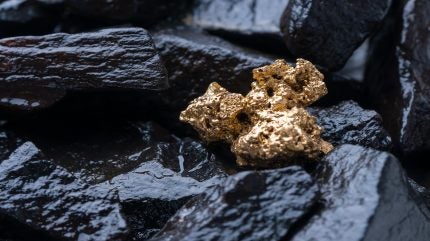
Rio Tinto has written off A$1.7bn ($1.2bn) as losses and devaluation to its aluminium refineries in 2023 due to the mounting costs of Australia’s carbon emissions reduction scheme.
Under the scheme, big carbon emitters like aluminium refineries must cut 30% of their present CO₂ emissions by 2030 or purchase carbon credits to offset them.
As the company reported its lowest first-half earnings in three years, the miner admitted it would miss its decarbonisation target unless it buys carbon credits as a “last resort”.
In March this year, Rio said it required special allowances under the Albanese government’s carbon policy that would allow big emitters to reduce their footprint by 4.9% until 2030. Despite the allowances, the miner needs to invest greatly in clean technology.
Most of Rio’s emissions come from metal processing like aluminium refining, while mining accounts for only 20% of the total emissions.
Rio CEO Jakob Stausholm on Wednesday said Australia did not produce enough renewable energy to refine aluminium at a large scale. He observed that the long-term solution would be to provide reliable power “at a competitive price”.
Rio chief financial officer Peter Cunningham added that more capital is required to decarbonise the aluminium facilities, which are currently facing increasing payments for carbon emissions under Australia’s carbon emissions reduction scheme.
In October 2021, Rio Tinto announced a plan to spend $7.5bn to halve carbon emissions by 50% by 2030, with a 15% reduction by 2025. So far, the miner has managed to reduce emissions by 7% by installing large-scale renewable power alongside its operations.
Mining Technology conducted a poll in July to assess if people think mining companies will meet their emissions targets by 2030, with 70% of readers saying they feel pessimistic about these goals.



